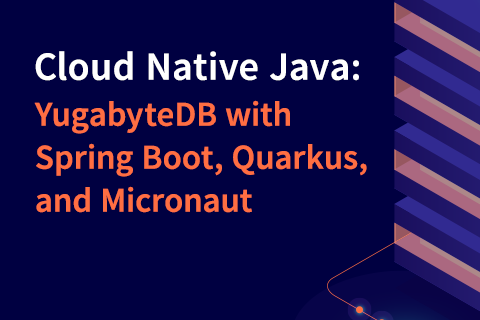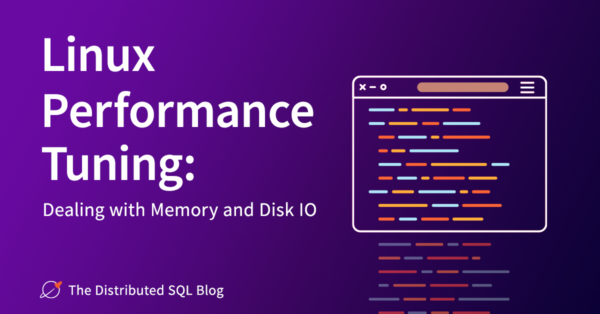Cloud Native Java: Integrating YugabyteDB with Spring Boot, Quarkus, and Micronaut
Java is the quintessential language runtime for enterprise applications built on monoliths, microservices, and modular architecture patterns. But when it comes to “Enterprise Java,” Spring is the de facto framework of choice.
The Spring ecosystem—with the simplicity of Spring Boot—has grown to provide integration touchpoints to a majority of the Java ecosystem. For starters, it offers a clean abstraction and “glue” code to build cohesive enterprise applications. However,
…









